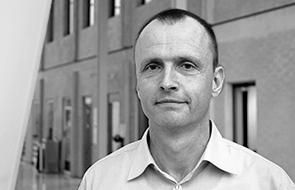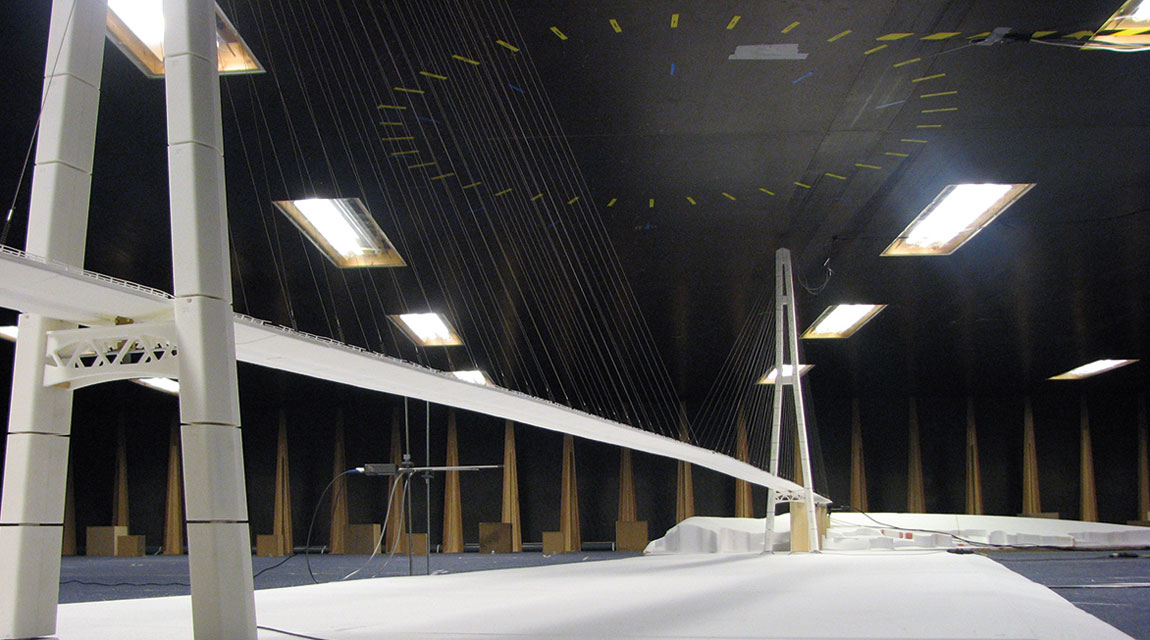Cable studies with rain, wind and ice
For many of the world’s large cable-supported bridges, incidents have been reported in which some of the stay or hanger cables exhibit large-amplitude vibrations under certain climatic conditions in connection with wind.
And yet, many questions are still unaswered, and many cables continue vibrating in spite of all achievements. In Denmark, this particular aspect of civil engineering received special attention in connection with the planning of the fixed link between the Danish island of Lolland and the German island of Fehmarn.
Since a multi-span stay-cable bridge of considerable size was envisaged as the alternative to a tunnel, the authorities granted through Femern A/S, a subsidiary of the Danish state-owned Sund & Bælt Holding A/S, a research program focusing on the aerodynamic excitation of bridge cables under different climatic conditions. Part of this programme is the newly developed Climatic Wind Tunnel (CWT) facility, jointly designed and operated by the Department of Civil Engineering at the Technical University of Denmark and the Department for Hydro and Aerodynamics at FORCE Technology.
This facility allows systematic research to reveal further vital information on the aerodynamic excitation process of bridge cables under particular climatic conditions. The facility was commissioned in the spring of 2010. After an initial phase and the development of suitable test setups, numerous experiments on dry cables have been performed looking for particular effects of cable surface textures on the flow-induced forces and moments.
The capability of re-creating the climatic conditions for ice accretion on the cable surface is a particular feature of the new CWT facility. Alternating with the ongoing tests series on dry cables, the cooling and spray system of the wind tunnel was tested and refined to allow some first tests on the effect of ice accretion on the flow-induced forces on a cable section.
So far, cable testing has been conducted in static rigs. Currently a dynamic rig is being installed enabling studies of cables under free vibrating conditions.
Research work performed in the new wind tunnel has so far resulted in a bachelor thesis and a master thesis. Further, two master projects and three Ph.D. projects utilizing this new facility are ongoing.
This high-level research on flow-induced forces on cables under different climatic conditions as well as the improved facility will make FORCE Technology an even better partner in determining the effects of wind on structures.


